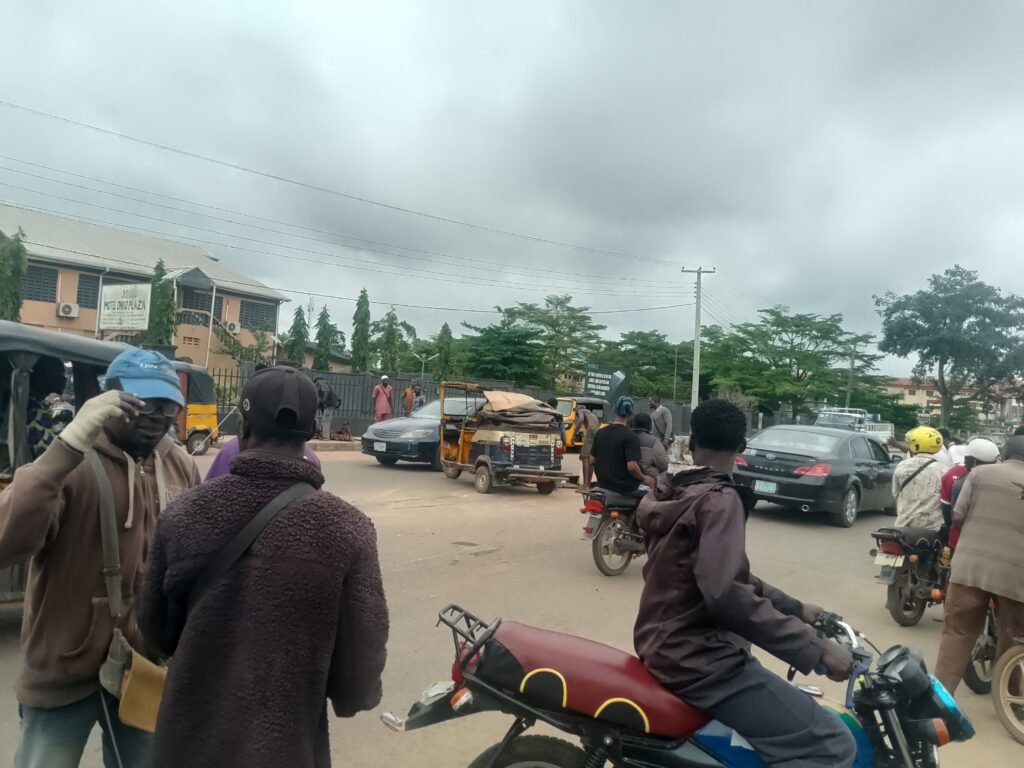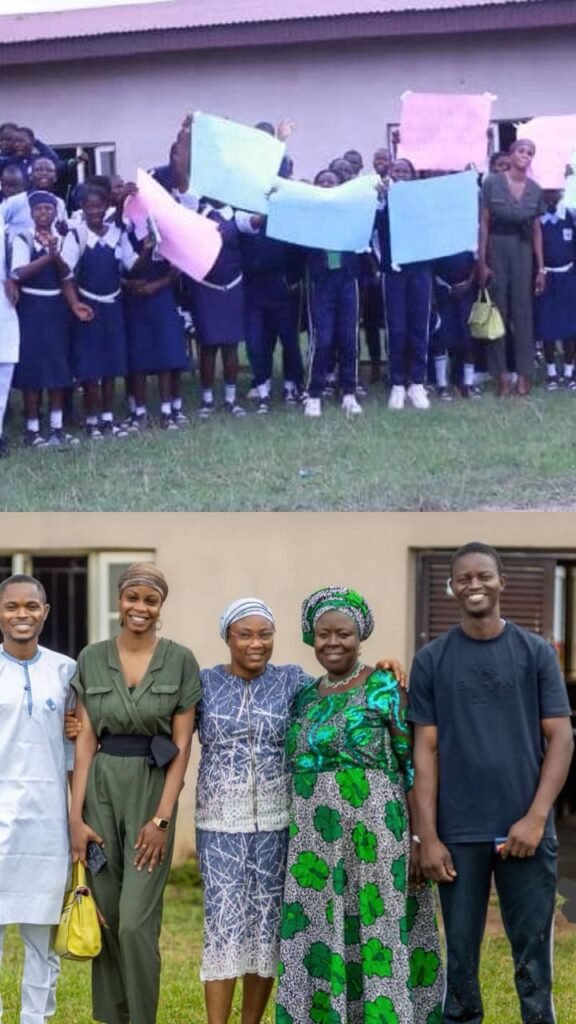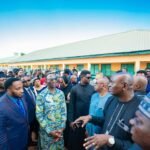SURGERY WITHOUT BORDERS: U.S SURGEON REMOVES CANCER FROM PATIENT, 7,000 MILES AWAY IN GLOBAL FIRST
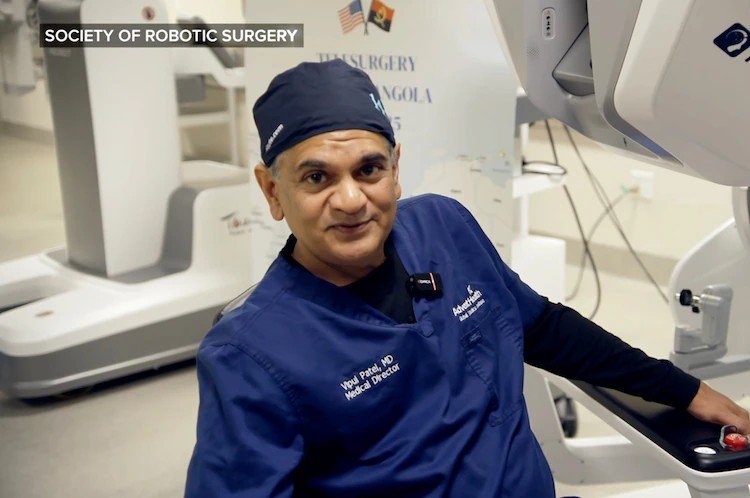
In a world-first medical milestone, a Florida-based surgeon successfully removed prostate cancer from a patient located over 7,000 miles away in Angola, without ever leaving his operating station in Orlando.
The procedure, performed on Fernando da Silva, marks the first human clinical trial of transcontinental robotic telesurgery approved by the U.S. Food and Drug Administration (FDA), a bold leap forward in the future of global healthcare delivery.
A PATIENT IN ANGOLA, A SURGEON IN FLORIDA
Fernando da Silva was diagnosed with prostate cancer in March 2025. Just three months later, he became the first patient in history to undergo a remote robotic prostatectomy performed by Dr. Vipul Patel, one of the world’s leading robotic surgeons and medical director of the Global Robotic Institute at AdventHealth Orlando.
Instead of standing in the operating room, Dr. Patel controlled a state-of-the-art surgical robot from across continents, manipulating its arms with surgical precision from Orlando while da Silva lay on the table in Angola.
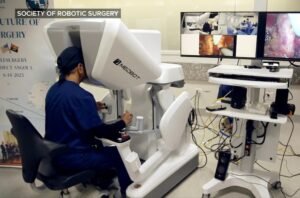
A VISION YEARS IN THE MAKING
“We’ve been working on this really for two years,” Dr. Patel told ABC News, who were granted exclusive access to the surgery. “We traveled the globe, looking at the right technologies.”
The result: a sophisticated setup connecting surgeon and patient through high-speed fiber optic cables, delivering real-time commands with minimal delay. The robot’s high-definition vision and nimble controls allowed Patel to operate as if he were standing beside the patient.
WHY IT MATTERS
Though robotic-assisted surgeries are not new, this operation breaks barriers by eliminating the need for physical proximity— a shift that could bring world-class medical expertise to remote or underserved communities.
“The humanitarian implications are enormous,” said Dr. Patel. “This opens the door to patients in rural areas or developing countries who otherwise wouldn’t have access to specialized surgery.”
Dr. Patel emphasized that even within the United States, telesurgery could help extend care to rural hospitals or provide critical remote assistance during emergencies. “Imagine emergency room doctors in small towns being supported remotely by expert surgeons — maybe even inside an ambulance,” he said.
BUILT-IN SAFEGUARDS
Though the surgery was performed remotely, da Silva was not alone. A trained surgical team was physically present in the Angolan operating room, ready to intervene if needed.
“We made sure we had Plan A, B, C, and D,” Patel explained. “I always ensure my team is with the patient in case anything happens with the technology.”
The surgery went smoothly, with no complications, and da Silva is now recovering well.
WHAT’S NEXT?
Dr. Patel plans to submit the data from this groundbreaking procedure to the FDA, with hopes of expanding telesurgical capabilities for broader use.
“This was a small step for a surgeon,” he said, “but a huge leap for health care.”
A FUTURE WITHIN REACH
The success of this first transcontinental robotic surgery represents more than a medical achievement— it’s a glimpse into a future where access to expert care is no longer limited by geography.
For Fernando da Silva, it was a life-saving operation. For the rest of the world, it’s a powerful reminder that innovation, when driven by purpose, can shrink distances and save lives.



